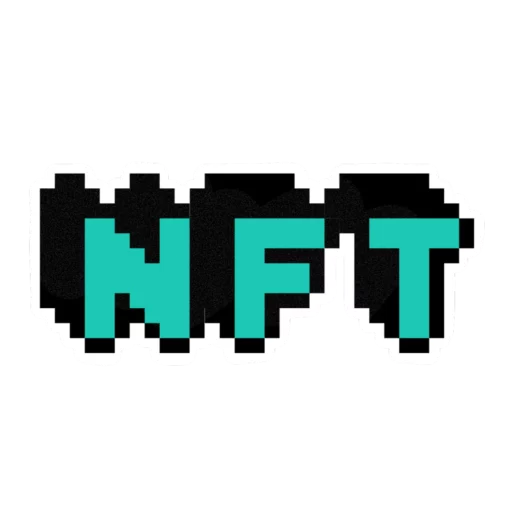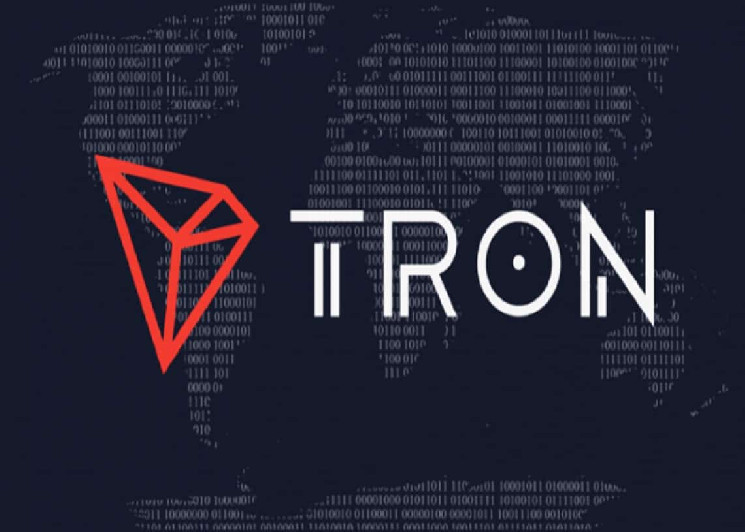Greetings,
I regret to admit that I have not yet had the opportunity to listen to the debate between Anatoly Yakovenko and Justin Drake. Nevertheless, I would like to express my gratitude to both individuals for rescuing my X timeline from a inundation of Iggy Azalea memecoin discussions.
Before delving into the layer-1 camaraderie, let’s explore the current developments in the blockchain space:
### SolXEN Filtering Solana Spam
It is worth noting a peculiar trend in Solana’s transaction chart.
Recent data indicates a significant reduction in failed transactions on Solana’s network. This sudden change has persisted for six consecutive days, marking a noteworthy shift from the prior status quo of consistent transaction failures.
As I delved deeper into this phenomenon, my investigation led me to SolXEN, a newly introduced Solana token that employs proof-of-work mining similar to Bitcoin. While the per-token value of SolXEN remains negligible, roughly nine billion tokens have been mined in just one week, highlighting its rapid adoption.
SolXEN is part of the broader XEN crypto project founded by Jack Levin, a former Google engineer. The project’s mining mechanism has garnered attention for its impact on network resources, with reports indicating significant consumption of chain storage on other platforms.
Interestingly, on Solana, SolXEN seems to be occupying space that would otherwise be utilized by bots, thereby serving as an unintentional spam filter according to Solana co-founder Anatoly Yakovenko. This shift is reshaping the dynamics of transaction success rates on the network, offering a unique perspective on spam filtration mechanisms.
In discussing this development with Blockworks Research’s Dan Smith, the intricate workings of the SolXEN spam filter became more apparent. The mechanism by which SolXEN transactions interact with block space sheds light on the evolving landscape of blockchain activity, demonstrating the multisided nature of transaction processing.
### Zeroing In on Solana’s Spam Slide
In a concise span of time, the failure rate for high-volume users on Solana’s network plummeted significantly, hinting at a shift in transaction dynamics. The decline in failed transactions among prolific users points to a nuanced evolution in network behavior, underlining the complexities of transaction processing.
As the landscape of successful and failed transactions adjusts, the implications of this trend on network efficiency and user experience become more pronounced. The intersection of factors influencing transaction outcomes offers valuable insights into the broader ecosystem of blockchain operations.
### The Pulse of the Industry
The ongoing debate between Justin Drake and Anatoly Yakovenko underscores the central issues facing the industry, from security to scalability. The contrasting viewpoints presented in the discussion signify the enduring debate over network prioritization, highlighting the trade-offs inherent in blockchain technology.
As industry experts continue to engage in debates over the optimal balance between speed and security, the dialogue expands to encompass a range of perspectives and solutions. From hybrid approaches to innovative cross-network implementations, the quest for seamless blockchain operations remains a focal point of discussion.
### A Message from Aave Chan Initiative
Marc Zeller, founder of the Aave Chan Initiative, shares insights into the evolving landscape of blockchain innovation, signaling a collaborative effort to drive progress in the industry.
In conclusion, the dynamic nature of the crypto and NFT space offers a wealth of opportunities and challenges for industry participants. By staying informed and engaged with developments in the field, we can navigate the complexities of the blockchain ecosystem and contribute to its growth and evolution.
Warm regards,
[Your Name]









